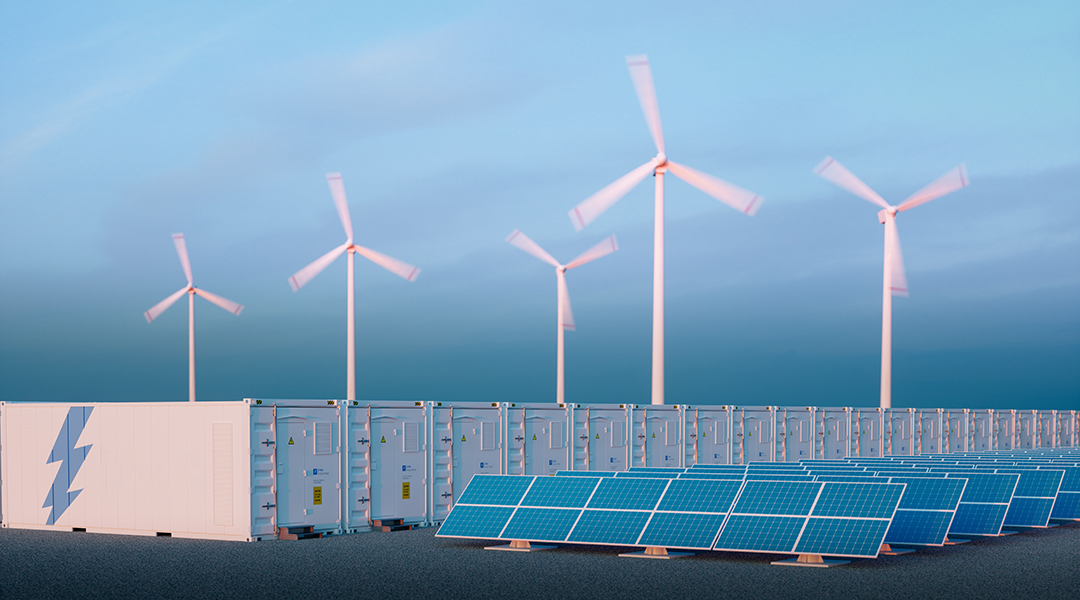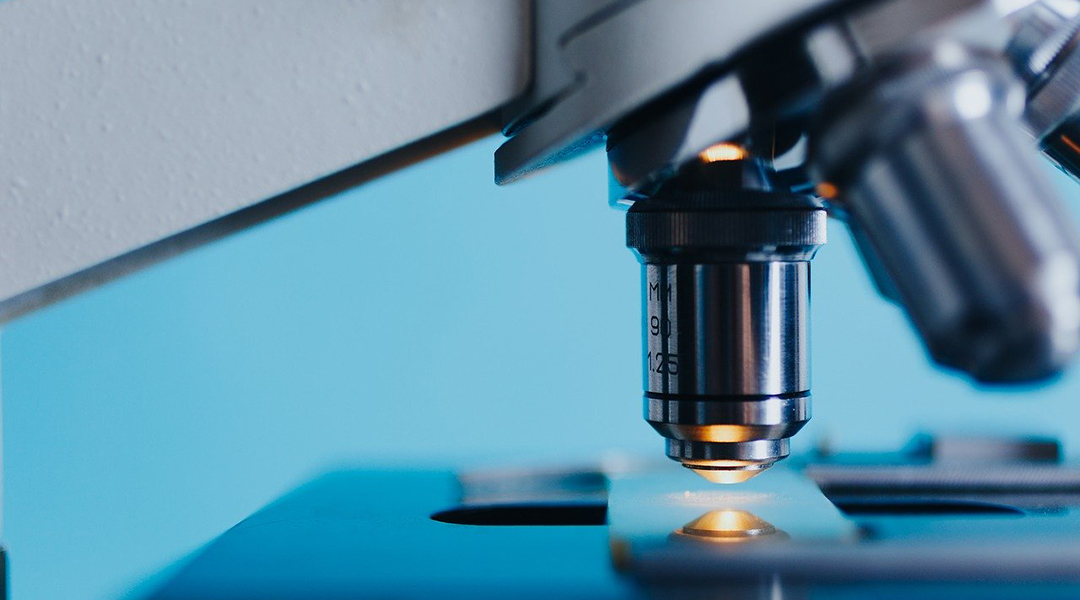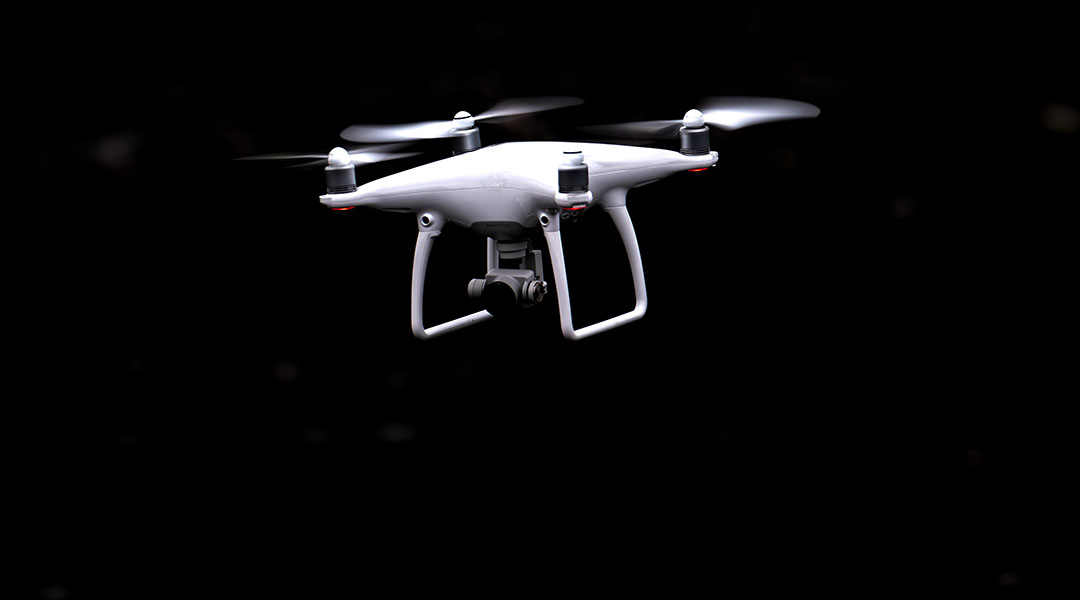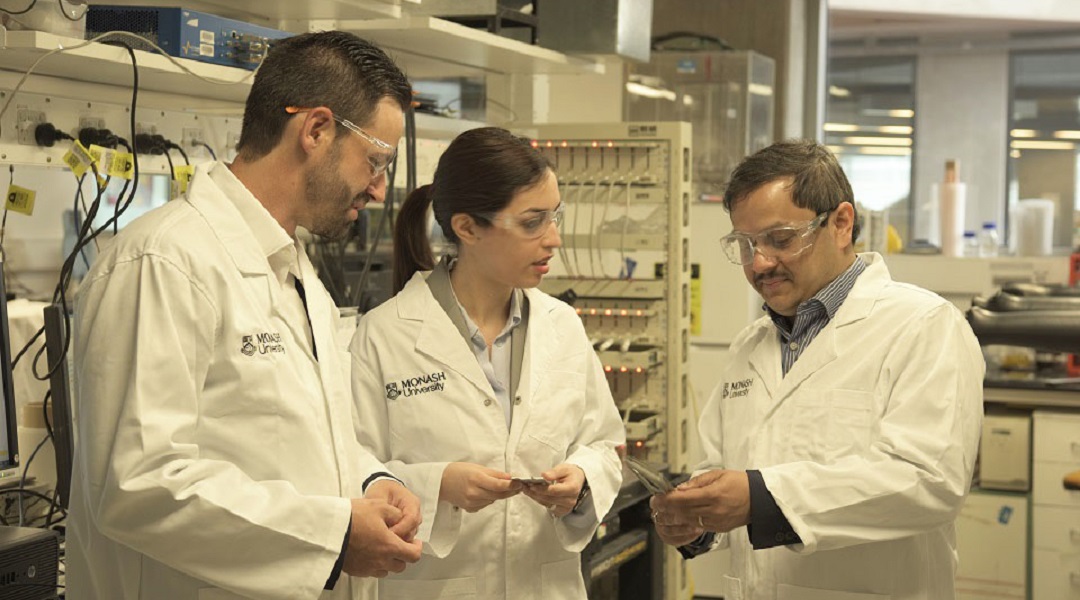Taking a look at the past, present, and future of combinatorial chemistry in materials research.


Taking a look at the past, present, and future of combinatorial chemistry in materials research.

Liquid metal batteries, in which both electrodes as well as the electrolyte are in liquid form, are a promising development in energy storage technologies.

Experiments find the sweet spot for surface area and bubble trapping to create more efficient water-splitting devices.

Imagine how these two planes – the world of machines and the world of human systems – will work synergistically to realize the potential of new materials and the systems into which they will be integrated.

What constitutes novelty and importance and meeting the criteria of top-tier journals? Maybe we need to rethink how and where we showcase our breakthroughs…

Will artificial intelligence expand and enhance its teaching prowess to the point where it can replace the professor in his or her traditional role?

For the UK to make headway with its ambitious Absolute Zero plan, it calls for an administration that understands the subject and what is needed for its success.

UCF researchers develop a device that mimics brain cells used for human vision. The invention may help to one day make robots that can think like humans.

Monash University researchers have developed the world’s most efficient lithium-sulphur battery, capable of powering a smartphone for five continuous days.

A novel catalyst with activity 20x higher than platinum could be used to store and retrieve energy stored in chemical bonds.